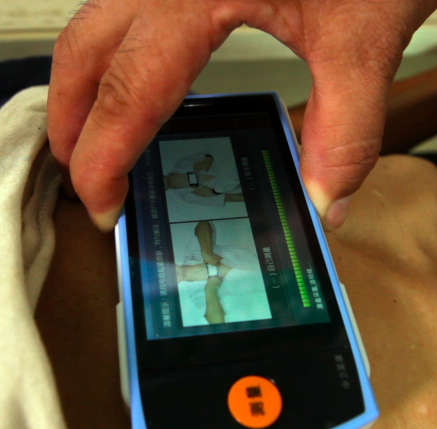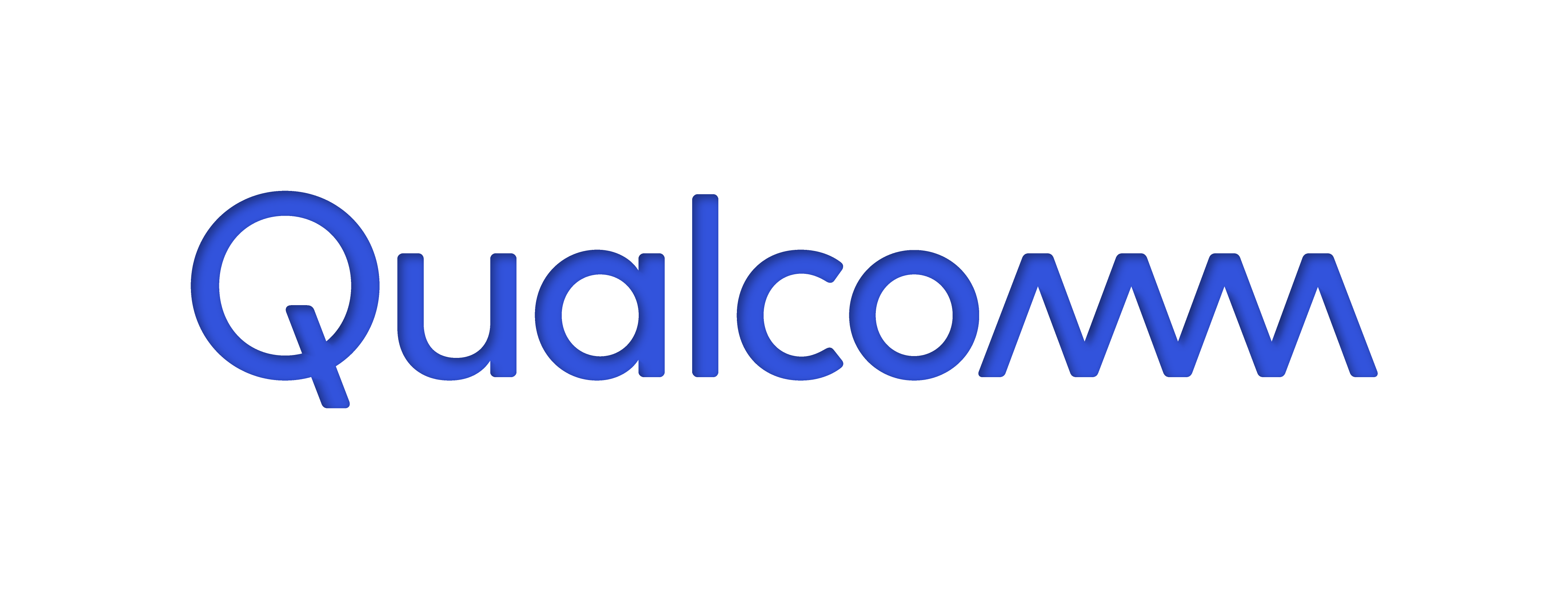Mobile-Enabled Rapid Cardiovascular Screening Improves Health Care for Rural Patients in China

The global health burden of cardiovascular disease (CVD) is on the rise and disproportionately affects rural residents. Researchers from the Shanghai Institute of Cardiovascular Disease recently concluded that “the morbidity and mortality of CVD in China are increasing persistently, although the government has taken an active part in the prevention and control of CVD.”1 In addition, early detection and consistent monitoring, accompanied by necessary treatment, have the potential to decrease health risks associated with CVD. To support the prevention and management of CVDs in China’s rural communities, the Wireless Heart Health (WHH) program was launched in collaboration with Life Care Networks in 2011.
Challenge
- According to the World Health Organization, non-communicable diseases (NCDs) — including CVD — have placed a grave economic burden on countries.2
- China will lose $27.8 trillion USD in national income between 2012 and 2030 –amounting to over $1.5 trillion a year—due to the five main NCDs (CVD, cancer, chronic respiratory disease, diabetes, and mental health). CVD was one of two NCDs in the lead for most costly.3
- CVDs such as coronary heart disease, heart failure, and arrhythmia are the leading cause of death in China, responsible for approximately 2.6 million deaths annually. By 2020, deaths caused by CVD are projected to increase to 4 million per year.4
Solution
- WHH features a mobile broadband-enabled system developed by Life Care Networks.
- This system includes a smartphone with three built-in electrocardiogram (ECG) sensors comprising one-lead (or one angle of measuring the electrical activity of the heart), and an Electronic Health Record (EHR) platform that offers instant access to patient records, including ECG data.
- Providers hold the device to patients’ chests for approximately 30 seconds while the ECG sensor collects their ECG data. The data is automatically stored in the patient’s EHR and sent immediately over the 3G or 4G LTE wireless network for analysis by a cardiac specialist at the Life Care Networks Call Center, staffed around the clock in Beijing.
- The on-call cardiac specialists provide prompt feedback within minutes to clinic staff and patients via SMS or a phone call. Currently, the call center has 72 physicians and ten nurses triaging requests and providing rapid diagnosis around the clock.
Impact
- Over 2,300 Devices: To date, the program has deployed over 2,300 ECG-sensing smartphones.
- Over 1,100 Clinics: There are over 1,100 community health centers and clinics actively using the ECG-sensing smartphones to screen patients and conduct remote consultation with the Life Care Networks Call Center.
- Over 300,000 Patients: Over 300,000 patients across 21 provinces and direct-controlled municipalities have benefitted from the program.
- Identifying Abnormal Data: About 360,000 pieces of ECG data have been sent through the devices. About 1/3 are abnormal ECG data, which alerts doctors that patients may need further screening, treatment, or more help managing their chronic condition.
- 6x Less Expensive: ECG-sensing smartphones are 6 times less expensive for patients than conventional 12-lead ECG machines.
1 Li, Hua et al. “Cardiovascular Diseases in China: Current Status and Future Perspectives.” IJC Heart & Vasculature, Volume 6, 25 – 31, March 1, 2015. http://www.ijcha-journal.com/article/S2352-9067(14)00069-4/fulltext#s0010
2 Abegunde, Dele. “Essential Medicines for Non-communicable Diseases (NCDS).” World Health Organization. 20 Sep 2013. http://www.who.int/ medicines/areas/policy/access_noncommunicable/EssentialMedicinesforNCDs.pdf?ua=1
3 Bloom, David E., et al. “The Economic Impact of Non-Communicable Disease in China and India: Estimates, Projections, and Comparisons.” NBER Working Paper No. 19335. Aug 2013. http://www.nber.org/papers/w19335. Estimates are undiscounted in 2010 USD, and derived using the WHO's EPIC model of economic growth.
4 National Heart, Lung, and Blood Institute. “China - The George Institute for International Health.” 27 Aug 2012. http://www.nhlbi.nih.gov/about/ globalhealth/centers/china-center-of-excellence.htm

